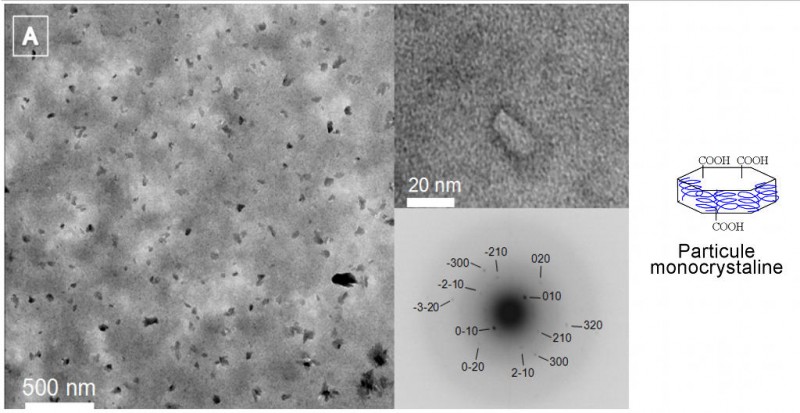+EFFECTIVE +PRECISE
A thermoreversible compound is sensitive to temperature. A potential application of this property is the localized released of active ingredients to inflammation sites in the body.
Coming up with an application of this nature presents a sizeable challenge: controlling the structure of these vectors so they offer the properties being sought, notably the temperature for the adequate release of the active agent. The problem lies in the very limited number of polymers, which can be used in the preparation of thermoreversible particles, making the control of properties difficult.
Professor Claverie’s team has made a great breakthrough with its discovery that, in the form of functionalized particles, polyethylene — a very common polymer — presents thermoreversible properties. Mastering synthesis process through catalytic polymerization in emulsion makes it possible to control the structure and, therefore, the thermoreversibility of the material, opening the way for concrete therapeutic applications.
REFERENCE
[1] V.A. Kryuchkov, J.-C. Daigle, K.M. Skupov, J.P. Claverie, F.M. Winnick, JACS, 132, 44, 15573-15579 (2010)
RESEARCHER
Pr. J. Claverie (UQAM) and Pr. F. Winnik (Université de Montréal)
IRDQ CONTRIBUTION
- Nuclear magnetic resonance (NMR)
- Gel phase chromatography
- Transmission electron microscopy (TEM)
- Xray diffraction (XRD)
